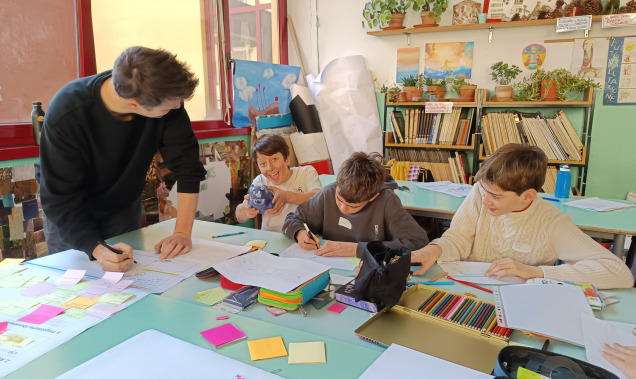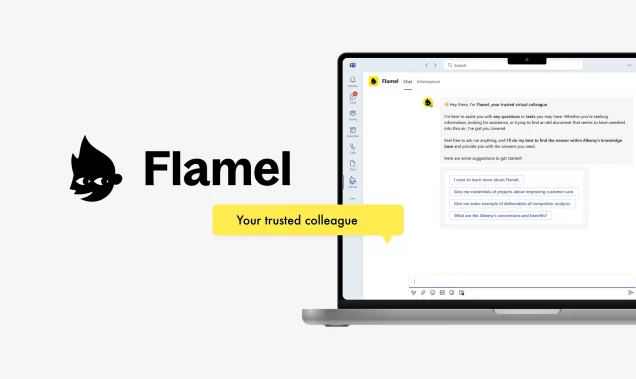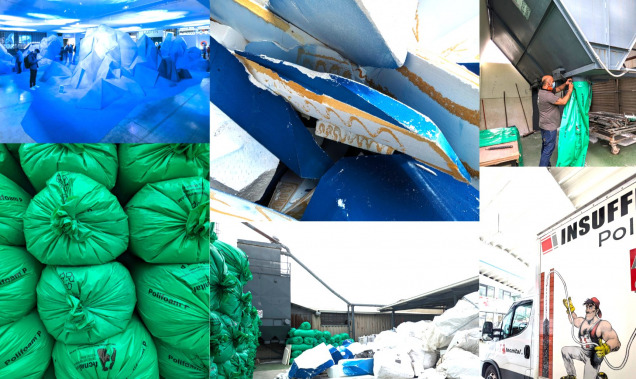Running UX workshops
Having participated in UX workshops for different clients at multiple stages of the projects, Interaction Designer Megha Damani shares the knowledge and experience gained along the way.
UX workshops are conducted to solve problems and make informed decisions that enable progress on a particular challenge – always unique to each client and their product. At DGI, we embrace the fact that every client brings a new challenge to the table and as designers, we should deliver a solution that caters not only to the customers of our clients but also to their business. These workshops also create a trust bond between our design teams and the client. These workshops also align the entire extended team (client + design team), helping everyone share the same perspective on the project. The workshops I have participated in were collaborative sessions ranging from 4 hours to 2 days.
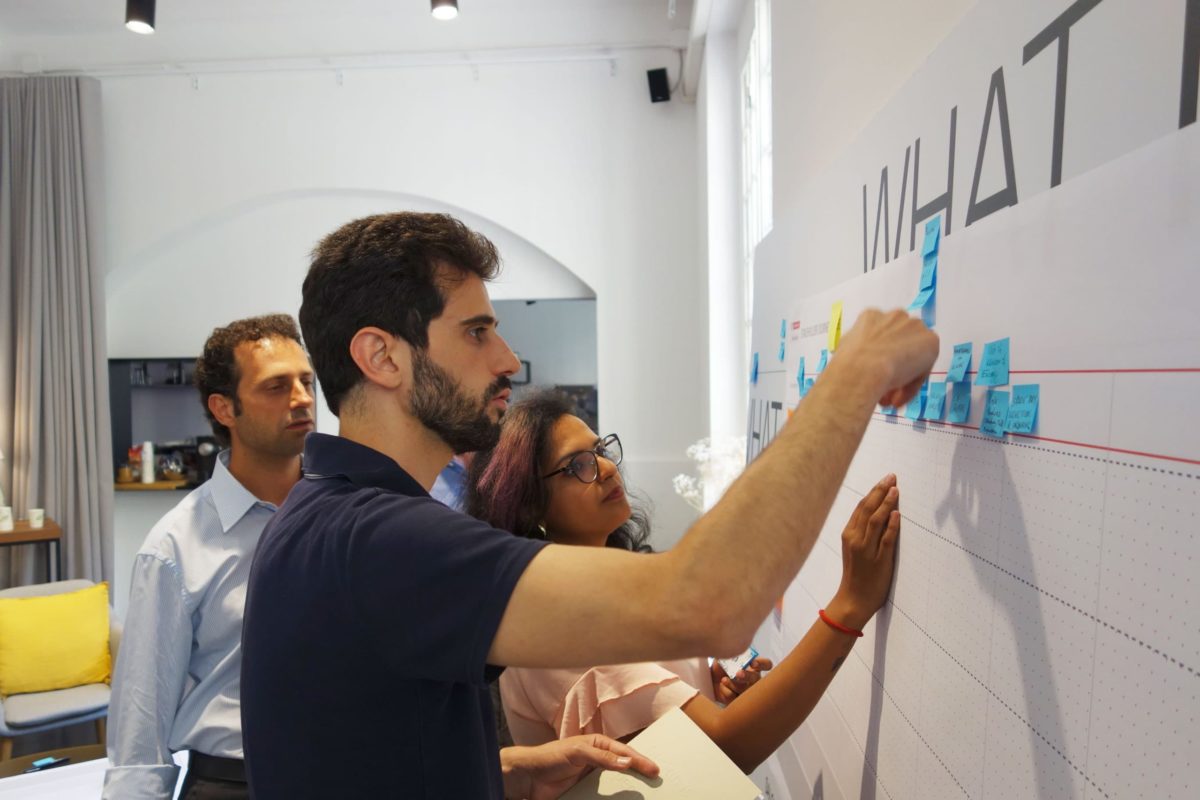
Types of workshops we conduct
Here are some of the different workshops that I have facilitated:
- Discovery workshops, where together with the clients (executives, engineering teams, and business teams) we gather existing knowledge, understand business requirements and together build a roadmap and ecosystem of their end-to-end products and environment.
- Deep-dive workshops, where we understand the stakeholders of the company and their journeys with the digital product and the ecosystem. These workshops help to shift the perspective from a feature-first to a user-first approach.
- Co-design workshops, where we encourage the clients to gather a diverse group of cross-disciplinary team members (like marketers, developers, architects, or even practitioners, depending on the client’s business) to rapidly generate, brainstorm, and discuss a wide range of ideas from various perspectives. This helps the team learn from each other’s experiences prior to deciding features and systems.
- Another intense workshop is where we design activities to gather detailed information about the product, features, and users, and prioritize, critique, and define the product and project roadmaps. These workshops create a productive dialogue between our design team and the client’s team, bringing clarity regarding the direction and next steps of the project.
When to run a workshop?
So, when do we hold a workshop? We have conducted workshops at different stages of the project timeline depending on both the involvement of our and the client’s team were involved and, most importantly, the complexity of vision and knowledge of the roadmap.
The graph below illustrates the various different UX workshop types ordered according to the phase of the project it is best suited for.
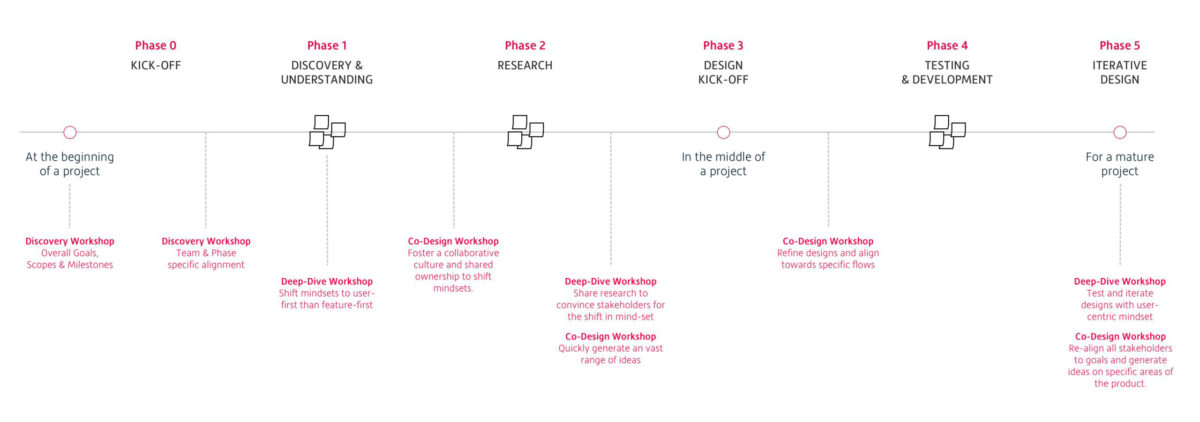
Preparing for workshops
Okay, we know the kinds of workshops and when to host them. Let’s talk about how to prepare for a workshop. align and educate the team members about the client, product, and the specific project. There are 3 steps to cover before any workshop:
- Define the purpose and goal of the workshop. Do you want to solve a problem, develop a plan, or reach a decision? To make the most of the time, and, depending on what stage of the project you are on, describe why you need the workshop and what you will want to have accomplished by the end of it. It could be to discover and understand your client’s business, for example, or to dive into the product before starting the project. Midway in the project, you may want to prioritize the users’ needs and how the business will be impacted. Detail your goals for the User-centric angle, technology angle, and the business angle.
- Define the duration of the workshop and structure activities according to the scope and purpose. Once you are sure of the goals as a design team, you should articulate the kinds of activities you want to perform and how long they should last (this also depends on who is going to attend). E.g of activities for a discovery workshop: Idea Parking Lot, Facts and Assumptions, HowMightWe (HMW), Stakeholder Mapping, User Personas and/or Archetypes, etc. In my experience, you will be able to use some activities as-are, while others, you will have to customize and design for your needs.
- Invite a diverse team. Remember to invite all the decision-makers and stakeholders from the client team that might have valuable input like the product owner(s), marketing team members, designers, developers, researchers, etc. Yes, it will be a big group, but the diversity and knowledge will help you throughout the entire project journey. It will be 100% worth all the effort! This should be communicated and discussed with the client BEFORE setting an agenda
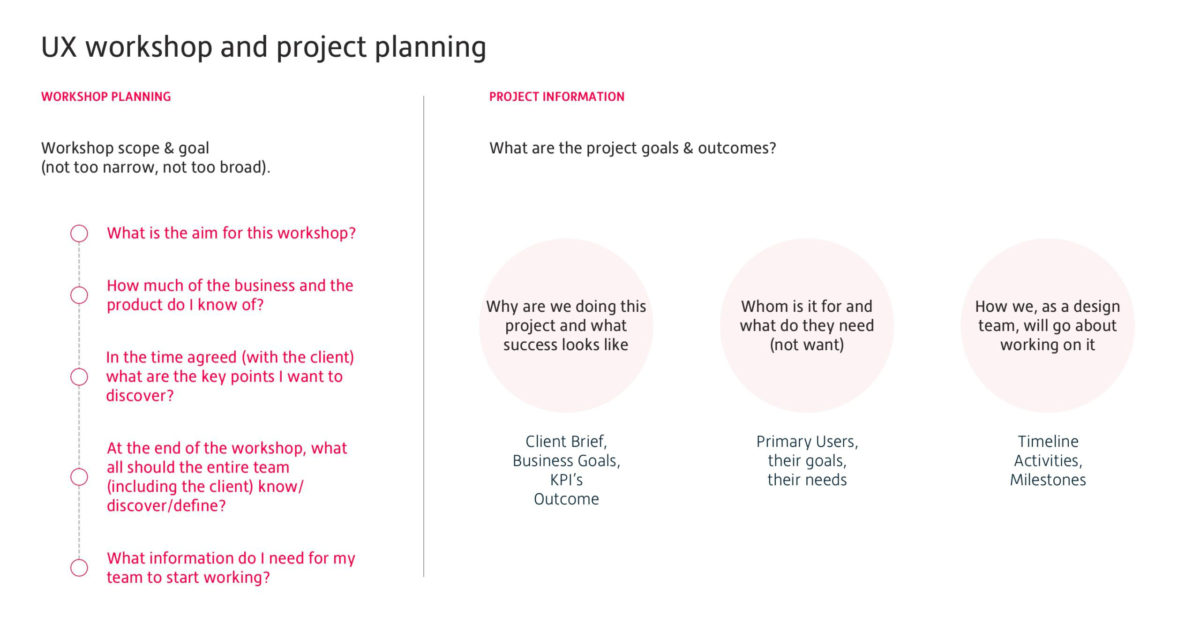
Facilitating Workshops
As a facilitator, you will need to be able to listen, adapt and remain as objective as possible during the workshop (Don’t worry, it takes a while to get a hang of this!). You will also be speaking often and leading the group, so make sure to let everyone have their say and not just push your team’s agenda.
It’s your responsibility to make sure that the time spent in activities or exercises is as productive as possible for the participants — clients, stakeholders, and other team members —and generates the insights needed to move forward. Your role is to monitor progress continually and make sure the workshop stays on schedule. If an exercise is slotted for three minutes, it’s your job as the facilitator to enforce that.
- Further suggestions
Having another team member facilitate with you is a big plus when you need to mix up things or take care of logistics.
During the planning, decide on which activities can be skipped in case of time constraints. - Before you start the workshop, set some basic rules for the team. Our workshop rules (see below) are meant to give everyone a shared playbook, ease up collaboration, and encourage the participants to not hold back during the activities. You will want every one’s input and knowledge to reach your goal.
- Remember that everyone has a bias, and as mindful as you can be of that bias, there must be an effort to remain neutral throughout the workshop.
- Add the timings of each activity on the slides (see the top-right of the example slides below). This helps the facilitators stay on schedule and informs the participants as well.
- It’s useful to share the whole agenda of the workshop with the participants at the beginning, and then let them know what step they are in with respect to the total timeline throughout the day. This helps the participants orient and understand the big picture of the entire session.
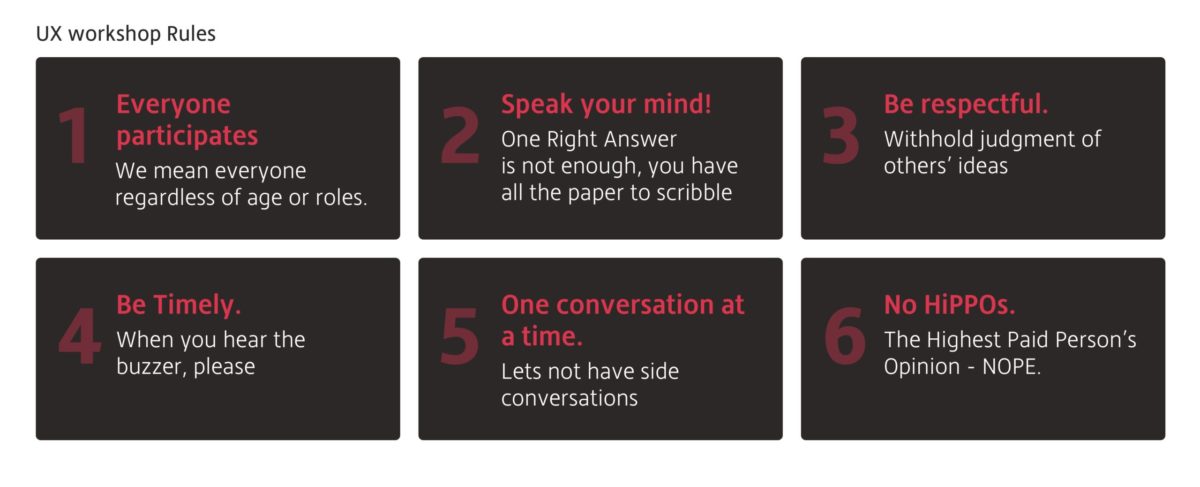
Workshop activities
To ensure that your participants get the most out of the workshop, prepare your presentation describing each activity in detail.
- Start with explaining what the activity is.
- Give an example of how the participants are supposed to execute it
- Explain the objective of each exercise
- Add an image or the actual design/card of the activity
- On the next slide: Describe how to actually do this activity. TIP: Leave this slide on the screen until the activity is complete.
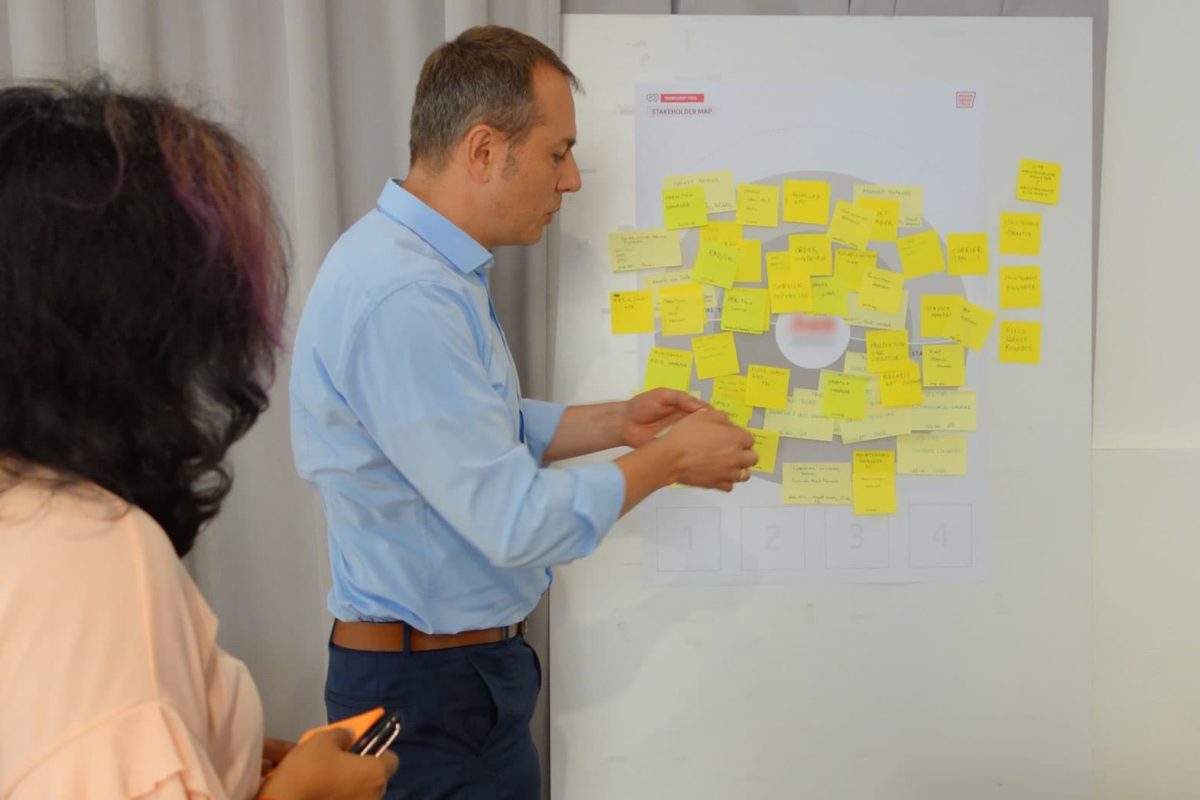
Conducting activities
Now that you are prepared with your workshop presentation and have all the activities and exercises planned, time to get ready to facilitate and conduct each activity.
Following this 3-step process: explain, execute, and examine is going to make sure that all your participants are involved and are contributing towards the shared goal.
Every activity should be described as mentioned above (workshop activities presentation slides) and while one facilitator is explaining the activity, the other can distribute the material. Remember not to share all the activity materials/worksheets at the beginning as that will distract the participants. Handing out materials just before each specific activity will create excitement and curiosity for the task ahead.
Further suggestions
Remember to allocate time for all three steps. You can also divide the time and set your timer accordingly. e.g:
- Explain 5 min
- Execute 15 min
- Examine/Discuss 10 min
This will also help you pull some participants who have not shared before or are shy to speak first.
Step 3 is the most important one for you and your team. Do remember to add some buffer time as this is the moment where new ideas will be generated through discussion, and you will gather the most information. Beware that sometimes these reflections can trigger other conversations and as a facilitator, you have to make sure it does not drag on. Try saying, “let’s put a pin on this and come back to it at another moment or in a different meeting”.
Wrapping up a workshop
At the end of the workshop, have a very quick 5-minute recap/reflection on how the day went, and 2-3 pointers on what you will do the next day if running a multi-day session. If the workshop only lasted a few hours to one day, take 10 minutes to recap and thank everyone for their participation. Also share the next steps, as well as how and what the output of the workshop will look like. When wrapping up, we want the participants to deeply understand and embrace the user-centric approach, and be curious to see the workshop output and summary.
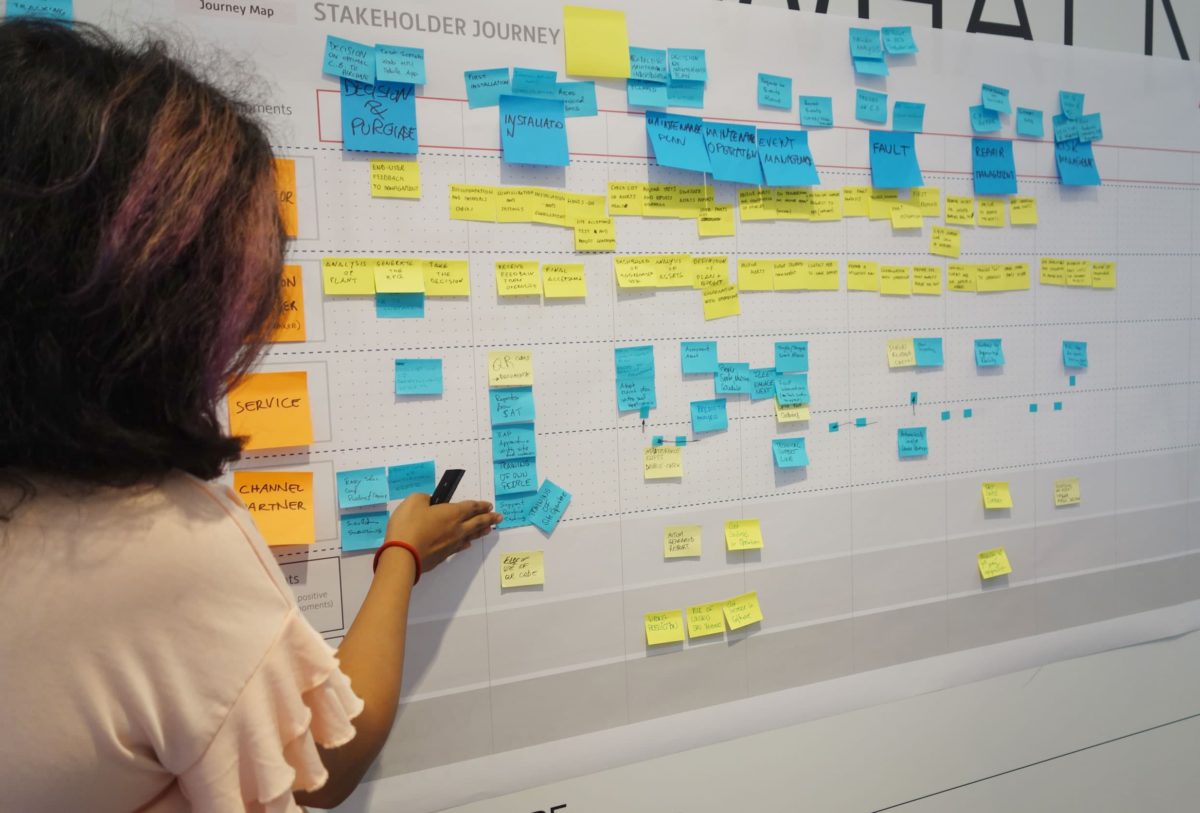
Final thoughts
Conducting different workshops with different teams facing different challenges across a variety of industries has helped us create and discover new workshop tools and activities catering to a specific client and customized to a specific project.
The more workshops you conduct, the more you will improve your facilitating skills (yup, it takes practice). These workshops have helped us build relationships with the client and believe me, a much stronger trust-bond.
Have a wonderful workshop!
